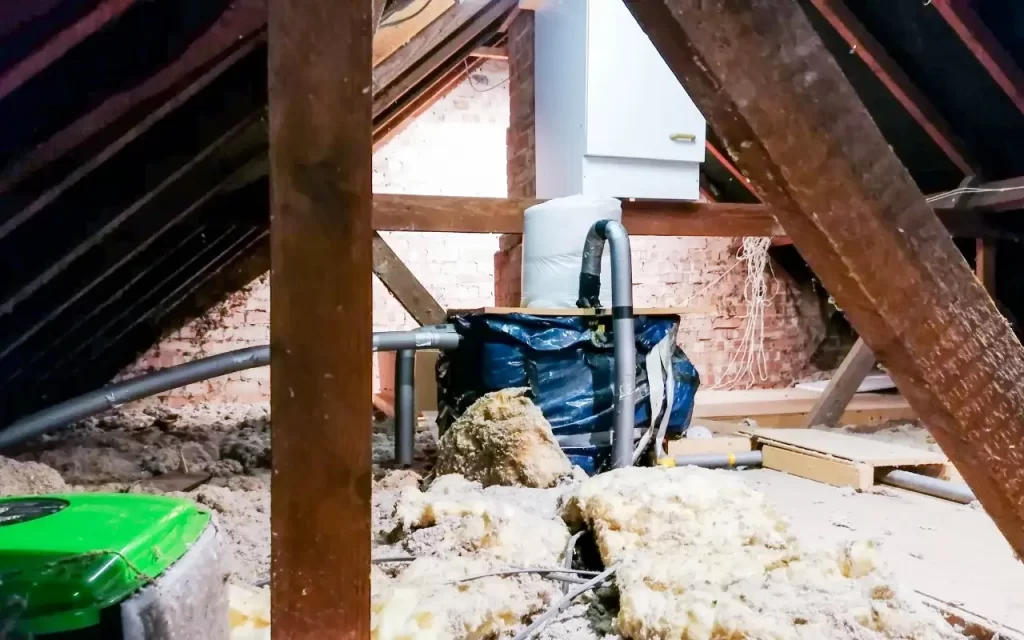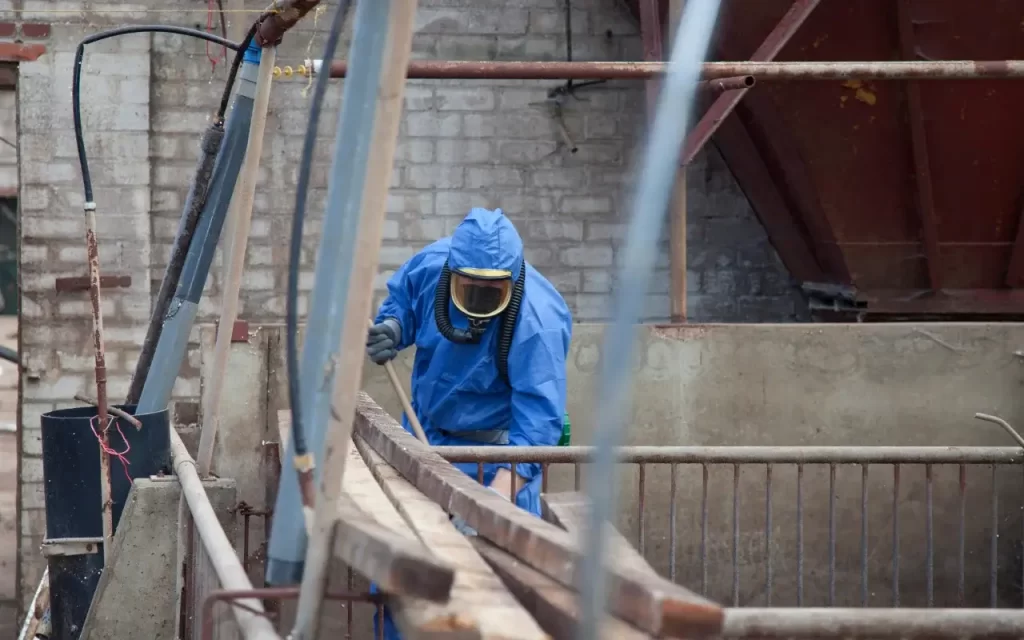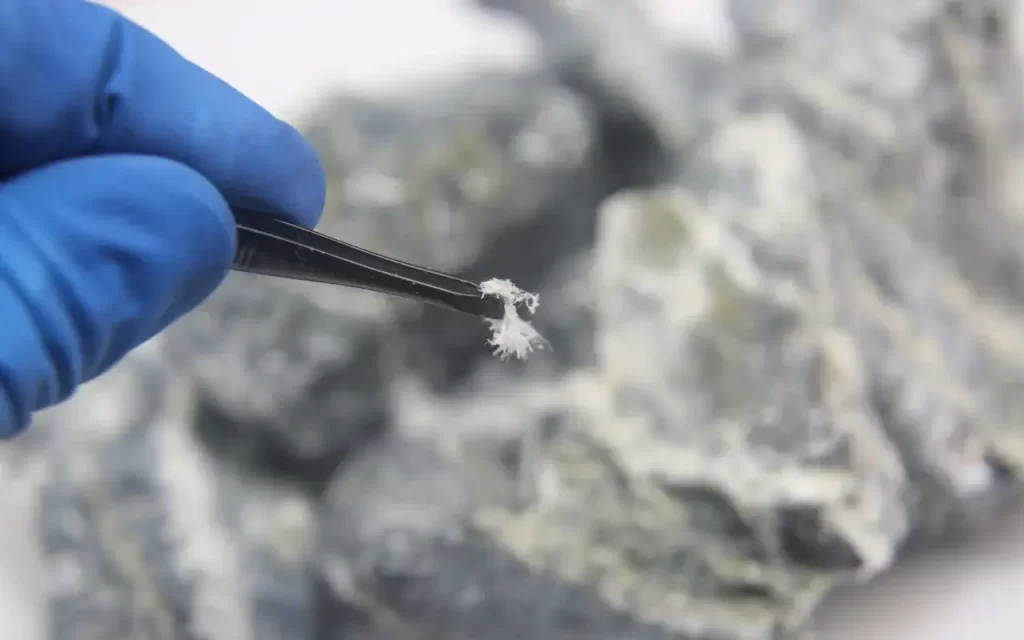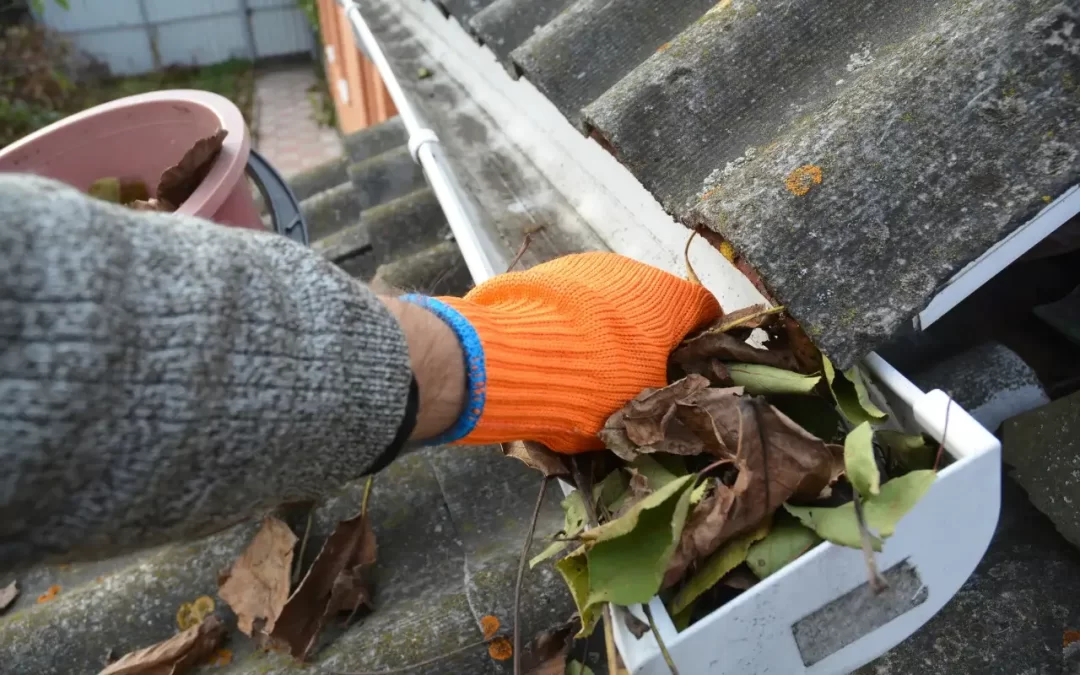Asbestos was once considered a miracle building material due to its strength, insulation properties, and fire resistance. Unfortunately, we now know that asbestos fibres, when disturbed and inhaled, can cause severe health conditions such as asbestosis, mesothelioma, and lung cancer. If you’re a homeowner, landlord, or commercial property manager, understanding the cost of removing asbestos is essential—not just for budgeting, but for ensuring safety and compliance.
In this article, we break down the main factors that influence asbestos removal costs in Australia, what you can expect during the process, and why professional services are essential. We’ll also touch on how other indoor environmental concerns such as mould, lead, and air quality play into a broader safety picture.
What Influences the Cost of Asbestos Removal?

There’s no flat rate for asbestos removal because several variables can significantly affect the final price. Here’s what determines the cost:
1. Type of Asbestos
The nature of the asbestos material makes a big difference. Friable asbestos, which easily crumbles and becomes airborne, is much more hazardous and therefore more expensive to remove. Non-friable asbestos is usually bonded and less risky when undisturbed, making it slightly more affordable to manage.
2. Extent of Contamination
Larger areas require more time, manpower, and safety precautions. If asbestos is found in multiple places—like ceilings, flooring, insulation, or roofing—it increases both the complexity and cost of the project.
3. Accessibility
If asbestos is located in difficult-to-reach areas such as wall cavities, under floors, or in roof voids, removal becomes more labour-intensive. Restricted access can lead to higher costs due to the need for special equipment or additional safety protocols.
4. Location and Travel
Costs can vary depending on whether you’re in a metropolitan area or a rural location. In remote regions, removal companies may need to charge extra for travel, accommodation, and site-specific arrangements.
5. Disposal and Compliance Fees
Proper asbestos removal doesn’t end at extraction—it must be safely transported and disposed of at licensed facilities. Disposal fees are usually included in the contractor’s pricing, but they still contribute significantly to overall costs.
Average Costs You Can Expect
While we won’t use exact figures, here’s a general idea: minor asbestos removal jobs, such as taking out a small number of bonded asbestos sheets, can cost several hundred dollars. On the other hand, major removal work—like an entire asbestos roof or full property remediation—can range into the tens of thousands.
Also, don’t forget the initial Asbestos Sample Testing, which is the first and most essential step. This process ensures you know exactly what you’re dealing with before investing in removal services.
Is Asbestos Always a Risk?
Not necessarily. If asbestos-containing materials are in good condition and left undisturbed, they may not pose an immediate threat. However, issues arise when you renovate, drill, sand, or if the material deteriorates over time.
That’s why professional testing is so important. It helps you make informed decisions—whether it’s to leave the material in place and monitor it, or arrange for safe removal.
At EnviroHealth, we offer expert asbestos sample testing, identification, and full-scale removal solutions that comply with national safety standards. We assess your property with precision, helping you understand what needs to be done and how to do it as safely and cost-effectively as possible.
Why You Should Never Remove Asbestos Yourself

While it may be tempting to save money by removing asbestos on your own, it’s both dangerous and illegal under many circumstances. Licensed professionals are trained and equipped to handle asbestos safely, and they follow strict protocols that include:
- Wearing specialised protective clothing and masks
- Sealing off contaminated areas
- Using negative pressure units and air monitoring systems
- Transporting asbestos waste to licensed disposal facilities
- Providing clearance certificates after removal
The risks to your health, your family’s wellbeing, and your legal liabilities far outweigh any potential cost savings of DIY removal. Always hire a qualified and licensed asbestos removalist.
Other Hidden Costs to Keep in Mind
When budgeting for asbestos removal, there are several additional expenses that homeowners and business owners often overlook.
Post-Removal Repairs
Once asbestos is removed, the affected areas often need reconstruction. This could involve reinstalling walls, ceilings, or roofing—especially if the original material was contaminated.
Air Quality Testing
Following removal, air monitoring may be recommended to ensure no asbestos fibres remain in the environment. While this adds an extra cost, it provides peace of mind that your space is truly safe.
Permits and Regulatory Notices
Depending on your location, you may be required to notify local authorities before starting asbestos removal. Some contractors include these services in their pricing, but others may charge additional fees.
Tying in Other Environmental Health Concerns

Asbestos is just one piece of the environmental health puzzle. In many cases, properties affected by asbestos may also face other issues such as mould growth, lead contamination, or poor indoor air quality. These hazards often go unnoticed until health symptoms arise.
For instance, if you’ve had a leak or water damage, there’s a high chance you may also be dealing with mould, which can severely affect respiratory health. Check out our guide on how to remove mould from ceilings safely and effectively to protect your home and loved ones.
Similarly, older buildings may contain lead in the home and work environment, particularly in old paint and plumbing. Exposure to lead can impact neurological development in children and lead to long-term health issues in adults.
Even if you’ve addressed asbestos, you might still be exposed to contaminants through the air you breathe. Our Indoor Air Quality Services can identify other invisible pollutants like dust mites, VOCs, and mould spores, ensuring your living or working space is fully safe.
If you’re unsure whether you need to remove asbestos or address other concerns, Asbestos Sample Testing is a great starting point.
Saving Money Without Cutting Corners
Asbestos removal is a necessary investment, but that doesn’t mean you can’t be smart about how you manage the costs.
Here are a few strategies:
- Get multiple quotes: Comparing at least three licensed providers can help you understand market rates and avoid inflated pricing.
- Bundle services: If you suspect multiple issues in your home—like asbestos, mould, or lead—it may be cost-effective to address them all at once. Ask providers if they offer bundled assessments.
- Plan early: If you’re planning renovations, test for asbestos in advance so you can include removal in your construction timeline, saving both time and labour.
- Check local programs: Some councils and state governments offer financial assistance or safe disposal programs to help homeowners handle asbestos responsibly.
Next Steps for a Safer Environment
The cost of removing asbestos can vary widely depending on your unique situation—but what’s universal is the importance of acting responsibly. Whether you’re dealing with a small shed or a large residential property, professional asbestos removal protects your health, meets legal obligations, and gives you peace of mind.
At EnviroHealth, we take pride in helping Australians live and work in safe, toxin-free environments. From asbestos testing and removal to assessing Indoor Air Quality, Mould, and Lead in the Home and Work Environment, we offer comprehensive environmental health solutions tailored to your needs.
If you’re unsure about what’s lurking in your walls, ceilings, or floors, don’t wait for symptoms to appear. Contact us today at EnviroHealth to schedule a consultation.
Breathe safer. Live healthier. Make the call today.

